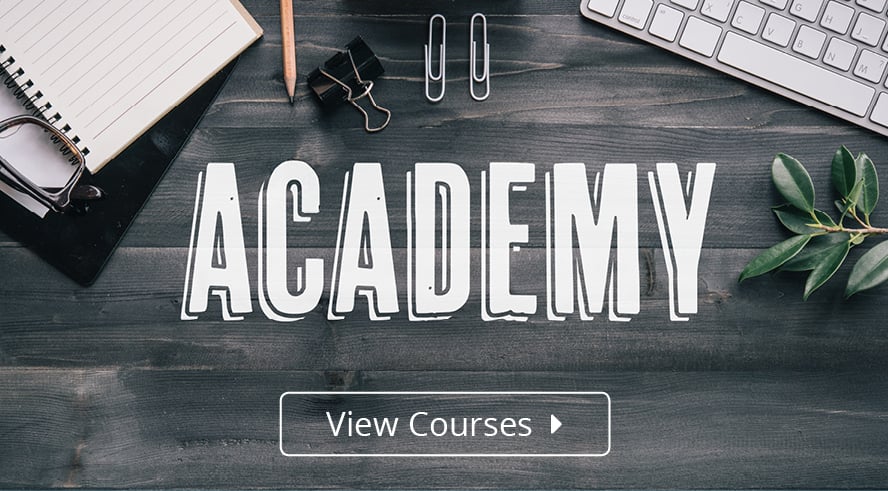Ah, research. For some authors, it is the bane of their existence, and for others, their bread and butter. Whether or not one takes any particular pleasure in it, research is integral to any writing process.
Everyone has heard the age-old advice to ‘write what you know.’ The problem is, authors don’t usually want to only write about the familiar. We want to branch out, break new ground, explore new concepts. That’s what being a creative is. So this means we need to figure out what we want to know, and then we have to learn it.
There are three notable levels of research, increasing by depth.
Firstly, authors need to know basic information. If they’re setting a story in Chicago, for instance, they’ll probably want to figure out that most Chicago natives still call the Willis Tower the Sears Tower.
Secondly, they need to make sure that they know what the rules are before they break them. If their story is a spin of an old folktale or legend, then they need to become familiar with the original material so that they can deliver an exciting piece.
Thirdly, and most importantly, they need to understand that whatever position they are writing from, it may not be the same as their characters. For example, if a straight author is writing a homosexual character, it’s very wise to look into the experiences of queer individuals to ensure that their representation is accurate. This applies also to white authors writing POC characters, neurotypical authors writing autistic characters, able-bodied authors writing disabilities, and so forth.
Level 1: Basic Information
The first level is the easiest to research.
Need to find out what Monterrey, Mexico looks like? Take a dive into Google street view.
Need to discover what the climate is like in Helsinki, Finland? A quick internet search will yield weather tables from the past hundred years.
 Need to figure out when potatoes arrived in Ireland? Or what foods are common in Bangladesh? Or the dialectical differences between Tokyo and Osaka? These questions can be answered with a Google search or a trip to the library.
Need to figure out when potatoes arrived in Ireland? Or what foods are common in Bangladesh? Or the dialectical differences between Tokyo and Osaka? These questions can be answered with a Google search or a trip to the library.
This first level is mostly important in terms of allowing the story to immerse the reader. Nobody wants to be cruising through a narrative only to have a blatant bit of incorrect information pop them out of the groove.
Level 2: Awareness of Tropes
The second level is, for lack of better terminology, awareness of tropes.
Tropes are not evil—examples of common literary tropes are ‘the reluctant hero,’ ‘enemies to lovers,’ and ‘the chosen one’—but some of them are excruciatingly common. While there isn’t anything inherently wrong with using a trope in a narrative, this level of research helps ensure that any trope can be presented in a fresh, intriguing way. This maintains reader interest, as well as impresses agents and publishing houses. Folklore retellings fall into this category, because if an author is going to write a story that everyone already knows, they had better find a way to make it feel new.
For some really excellent trope analyses and legend explorations, I recommend Overly Sarcastic Productions’ YouTube channel, namely their ‘Trope Talks’ and ‘Miscellaneous Myths’ videos.
Level 3: Understanding Your Characters
The third level is the most difficult, and simultaneously the most important.
In this level, an author must acknowledge that their experience is not necessarily the same as the experience of others, and they must represent their characters with integrity and respect.
The world holds a breathtaking variety of individuals. If authors only wrote stories about people who were just like them, books would be pretty boring, and in many instances, unhealthy ignorance would be perpetuated. But when including diverse characters (and remember, diversity includes race, gender identity, sexual orientation, religion, culture, different levels of ability, different histories, backstories, etc.) into a book’s cast, it is vital that authors do their research. Never rely on stereotypes—in fact, figure out what the stereotypes are for the demographic you’re trying to portray, because those stereotypes are often hurtful, and you don’t want to unwittingly include them in your writing. ![]()
When doing your research, check the internet for resources about representing whatever group you’re trying to write. If you have friends who belong to that group, and you feel that they would be comfortable speaking on the subject, it isn’t a bad idea to get a personal insight—but remember that one person cannot speak for an entire group, and also that it is not anyone’s duty to educate people about their demographic’s experience.
All in all, the goal is to write multifaceted, well-researched characters who inhabit a story full of original, exciting ideas, in a world where accidental misinformation doesn’t jolt the reader from the story. Faithful research can be an immensely fulfilling, and it invariably makes a story better.
So happy researching, and have fun!












